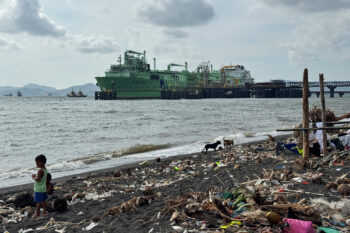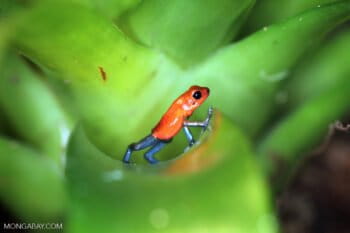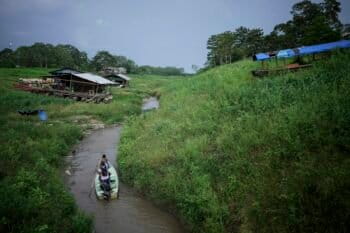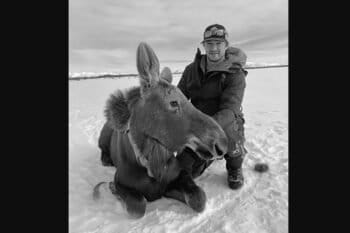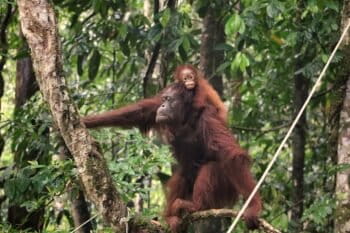BOGOTA, Colombia (AP) — Indigenous leaders from across the Amazon are urging South American presidents meeting in Bogota this week to turn promises to protect the region’s rainforest into concrete action, and to give Indigenous groups more say in the region’s future.
The Fifth Presidential Summit of the Amazon Cooperation Treaty Organization, officially opening Tuesday in the Colombian capital, brings together leaders alongside scientists and Indigenous representatives. The agenda includes public forums, cultural events and high-level meetings, culminating Friday with a joint declaration setting regional priorities on environmental protection and climate policy.
Indigenous leaders hope to meet with national leaders face-to-face for the first time at such a summit. Indigenous groups from all eight Amazonian nations issued a statement Monday evening, calling the rainforest a global lifeline that provides about one-fifth of the world’s freshwater and acts as one of the planet’s largest carbon sinks, absorbing vast amounts of heat-trapping carbon dioxide. They said decades of deforestation, mining, fossil fuel drilling and large-scale farming have pushed the region toward a point of no return.
Among their demands are legal protection of Indigenous lands, recognition of their communities as official decision-makers within the treaty body, and a ban on new oil, gas and mining projects in the rainforest. They also propose a working group on a “just transition” — a shift to cleaner energy and away from coal, oil or natural gas — and an observatory to track threats against environmental defenders.
The groups noted that many commitments made in the 2023 Belem Declaration — a joint pledge by Amazon nations to cooperate on protecting the rainforest — have yet to be implemented, and cautioned against another round of “empty promises.” They stressed that violence against activists continues to rise across the Amazon, calling for regional protection measures.
The program includes an “Amazon Dialogues” forum bringing together civil society, scientists and Indigenous leaders; a panel on the rainforest’s water vapor that helps regulate South America’s climate; and a “Road to COP30” event meant to shape the Amazon’s voice at the next U.N. climate conference in Brazil in November.
“There is no solution to any of the threats the Amazon is facing without its communities,” said Raphael Hoetmer, a senior advisor at Amazon Watch, a U.S.-based nonprofit, attending the summit.
“There is an historical opportunity to create a mechanism for permanent and direct dialogue and participation with Indigenous peoples through the ATCO,” he said, referring to the Amazon Cooperation Treaty Organization, a bloc of eight Amazonian countries.
Leaders from Bolivia, Brazil, Colombia, Ecuador, Guyana, Peru, Suriname and Venezuela are expected to attend, with hopes that it will be the first time Indigenous representatives will meet directly with heads of state during the summit.
“There will be no future without Indigenous peoples at the center of decision-making,” the groups said in the statement.
Banner image: Isla de la Fantasia Leticia, Colombia, Oct. 20, 2024. (AP Photo/Ivan Valencia, File)
By Steven Grattan, Associated Press
